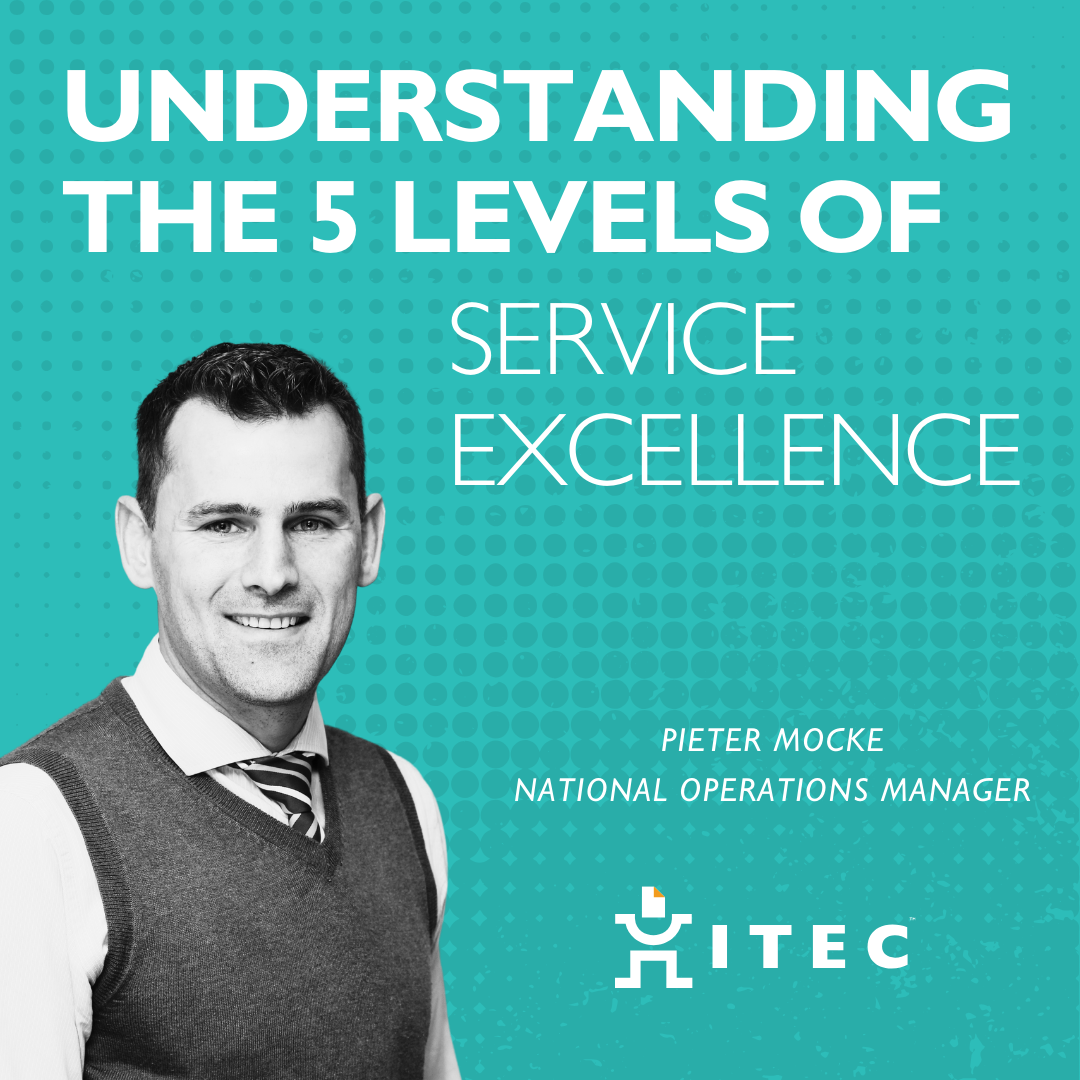Three ways law firms can enhance efficiency and security through technology
In a world where US attorneys argued for more than three years over a comma in a contract, the pressure on legal practices to account for every piece of information and every minute of their time over protracted periods, has never been greater. This need, coupled with more stringent governance requirements, like the Protection of Personal Information (POPI) Act, and added cybersecurity risks, is changing how modern South African law firms do business – from protecting their premises and data, to automating their workflow and billing.
Esti Kilian, Head of Product at managed business services provider Itec SA, says that an integrated office management approach encompassing three areas – print automation, communications, and security – is key for legal practices that want to collect and use data gathered from day-to-day activities to streamline operations, maximise profitability, and maintain case integrity.
Cyber-safe communications are the backbone of business
Itec’s Integrate and Network Security Product Manager Reza Joseph says there has been a marked rise in cyber-attacks, and cybersecurity should form an integral part of every enterprise’s communications solutions. “The Sophos 2023 Threat Reportresearch shows that 93% of all organisations have experienced at least one cyberattack in the past year. The data also shows that companies lack essential security operations skills, with 93% saying that they find the delivery of essential security operations tasks ‘challenging’. With the legal fraternity, especially, trading in sensitive, confidential material and data, there is a real need to run regular, comprehensive and rigorous cyber vulnerability assessments and penetration tests with a partner that can advise on improving security posture.”
Joseph says that as consumers increasingly demand to engage on digital, always-on platforms, off-the-shelf telephony solutions are largely becoming redundant, and secure, encrypted unified communication platforms that encompass all touchpoints, tailored to unique needs, are in demand.
“When we talk about communications, we are no longer just talking about telephony. We are talking about integrated APIs that support compliance, authenticate participants via voice recognition, and gather real-time data that populates client- and case-specific documentation as well as in-house needs like resource allocation and billing.”
Document management solutions get a security upgrade
Kevin Johnstone, Managed Print Services Consultant at Itec SA, says that law firms will always need to print, copy and scan documents – but what is different is the security features that now come baked into electronic document management solutions (EDMS). “With fully-integrated EDMS, you have a built-in chain of custody for your documents. Viewing and printing rights can only be granted to authorised staff, and secured by way of biometrics, unique cards or codes.
We can also monitor the transition of a document through the work process to provide an enhanced layer of security and support back-office functions, and transition from printed hard copies to e-docs that can be securely archived in the cloud. This is particularly useful in highly sensitive cases.”
Physical security goes from a monitoring to business management tool
All South African companies know they need physical security measures. But, Ryan Norris, Itec’s Security Solutions Architect, says that security infrastructure has progressed from being a monitoring tool that protects a premises to a site management control system.
“With CCTV and access control, you have a clear view of who is doing what, where, and when, and with the right software behind it, this footage can power more efficient workflow and billing among other things. Legal firms, especially, should look to security measures as better business management tools rather than just time and access control counters.”
Kilian says that spending your technology budget smartly is 80% about finding the right partner and planning, and 20% implementation. “It’s critical to partner with a managed business service provider that understands your practice, can customise a solution around your needs, and respond to changes quickly and efficiently.”









